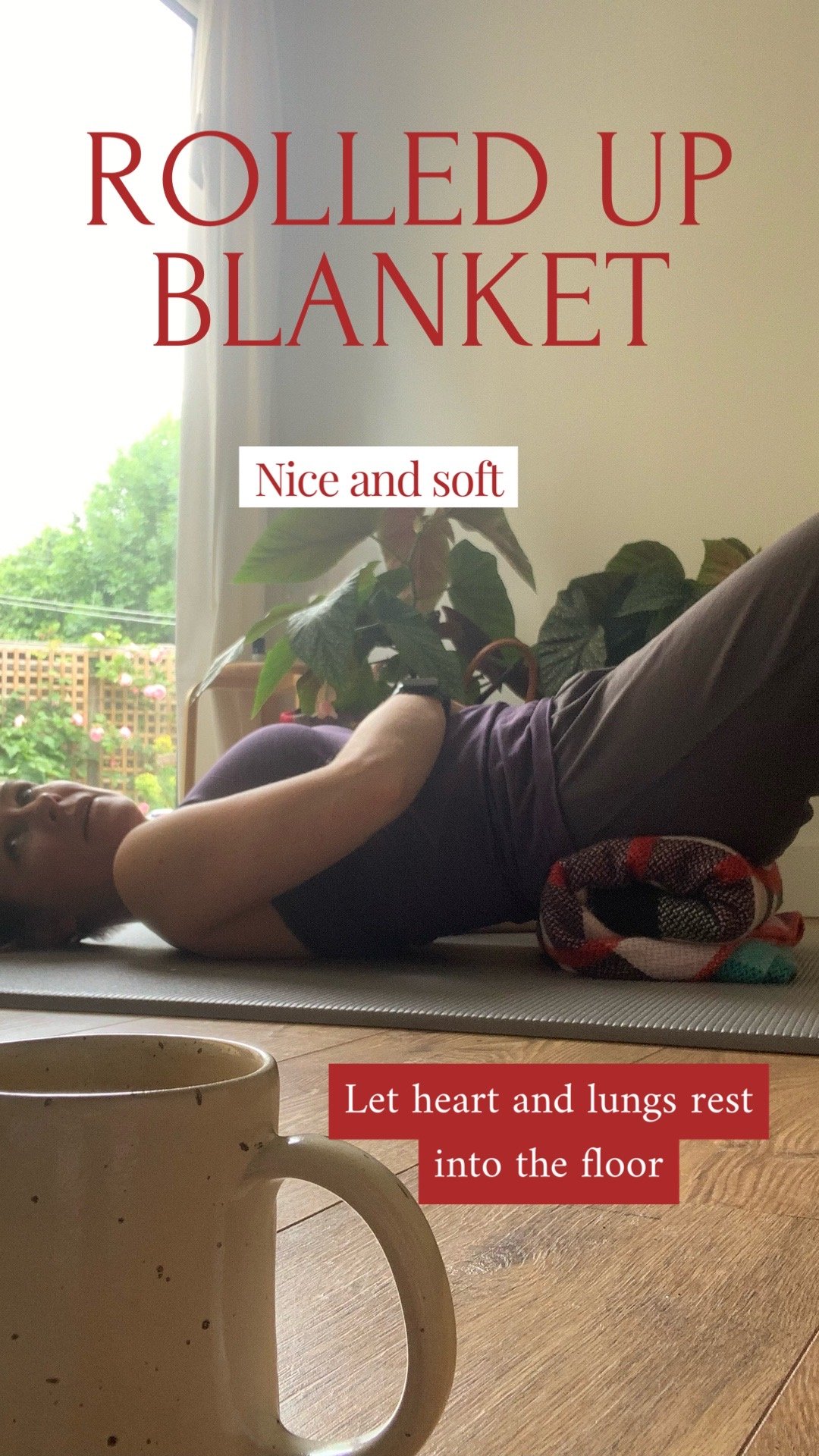Preparing Your Body For A Long Walk
What can you do in preparation for a long walk?
Two clients came to me for a session this week to get help with some simple moves and tips to do in preparation for and during their 5 day walking holiday.
As it’s national Walking Month here in the UK, I thought I’d share my tips here.
There are so many things you could do, it can be overwhelming, so my approach is to first outline the intention for the stretches you take in your ‘tool kit’.
In general, this is what I would start with before setting off:
Free up your toes and feet
Massage the soles and joints of the feet
Prepare your feet so they are awake and ready to respond to whatever terrain you are crossing. This not only prepares the tissues and muscles within the feet by improving circulation and flexibility but also stimulates the sensory abilities within the feet which helps with feeling where you are in space - important for balance and unexpected stones and tree roots.
Give your calves some attention
Stretch them and contract them so they are primed and ready to respond to the inclines and declines, lumps and bumps, as well as improving circulation - the calves are sometimes called ‘the heart of the lower leg’ because they help pump the blood back up to the heart. You are literally priming your pump when you prepare them and use them.
Lengthen the backs of the legs
Your posterior chain which includes soles of the feet, calves, hamstrings and buttock muscles will be powering you along your path, so if you take a little time to stretch them before you set off, you will be using more of your tissues with every step. Starting with stiff, tense tissues will put you more at risk of using whatever parts of you are available eg the lower back or knees. Stretching beforehand reminds your brain that the backs of your legs are available and ready for action and will also help with balance because you’ll be more aware of your legs.
Place something under the pelvis for a simple lower back release
Release your hip flexors
These tend to be dominant in anyone who drives or sits for long periods. Taking 5 minutes to release these and restore some length with help reduce the tendency for the lower back to ache when you are 60 minutes in to your 10 mile walk.
Get to know your lateral hips
In the 20 years I have been teaching movement, I believe this is a game changer. I think of the lateral hips as being the parts of our body that really determine the conditions of the pelvis, pelvic floor, lower back and hips. I recommend 3 different moves to get you acquainted with this zone. Number 4 Stretch, Sidelying Leg Lifts and the Pelvic List. You can incorporate all 3 in your walking toolkit.
Lastly, roll down and free up your spine and ribs
Imagine you are a piece of wallpaper attached to a wall. Starting with your head, peel yourself slowly away from the wall, passing through all the segments of the spine, the pairs of ribs and the hips until you feel yourself hanging downwards. Sense your feet on the ground as you gradually begin to come back up in reverse, reattaching yourself to the wall. Repeat this a few times and notice how you feel when you come back up.
Choose any of these to repeat during the walk and then redo them when you finish.
Taking a little time to re-attend to your body post-walk will set you up for the next day of walking and the ones after that.
Pay close attention
When your body sends you a signal like ‘my left hip is feeling achey or stiff’, pause on the path for a couple of minutes and do the stretch or move you know for that part of the body, then continue on your way.
When your body sends you a message via a sensation, it is sending you a signal because it has a need. When you respond accordingly, you are meeting that need. Your body will thank you for it!
Happy walking! 🚶♀️ 🚶♂️
For more detailed guided stretches in preparation for walking I have multiple sequences in the library. Sign up here for 14 days free. Cancel anytime.


